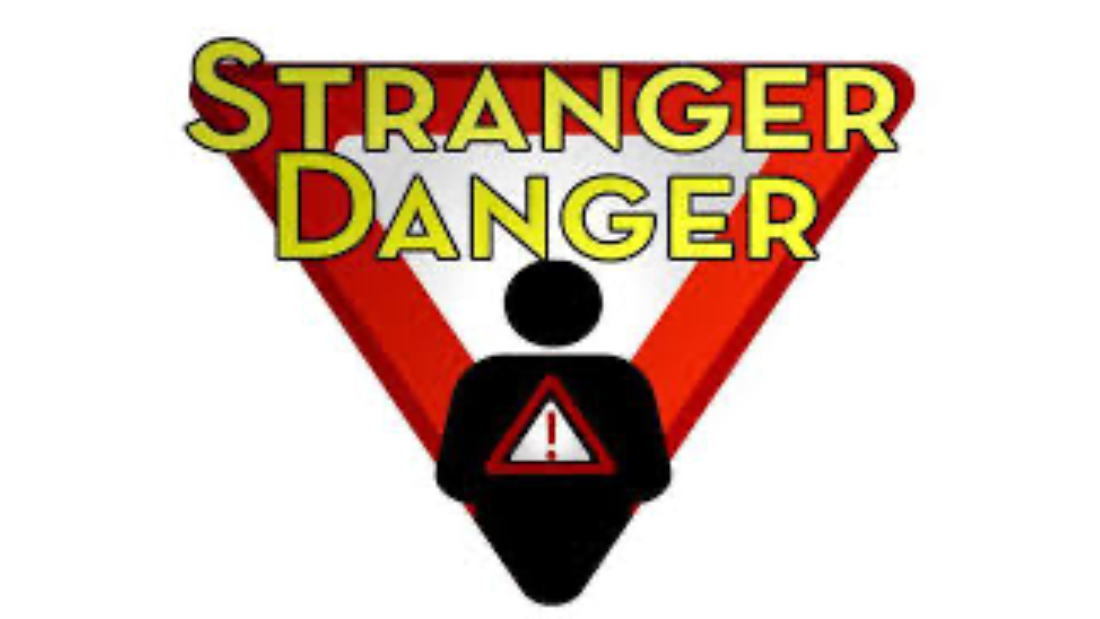In today’s world, the safety of our children is a top priority for every parent. Conversations about stranger danger can feel daunting, leaving parents unsure of when and how to bring it up without inducing unnecessary fear in their little ones. The good news is that discussing safety can be handled with sensitivity, allowing children to learn valuable lessons while fostering a sense of security and trust.
The best time to introduce the topic of stranger danger is when children begin to understand social interactions, typically around the age of three or four. At this age, they are starting to navigate the world around them and can begin to grasp basic concepts of trust. Parents can start with simple, age-appropriate language, explaining that not all people are safe and that it’s important to stay close to trusted adults.
As children grow, conversations can be expanded with more details. By the time they reach school age, parents can discuss scenarios that involve strangers in a non-threatening manner. Instead of instilling fear, parents can frame the conversation positively by highlighting safety strategies. For instance, encouraging children to use “safe words” with trusted adults or to seek help from a cashier or store employee if they feel uneasy can empower them to make smart choices when confronted with unfamiliar situations.
Role-playing is an effective technique for making these discussions interactive and engaging. Parents can create hypothetical situations where a child might encounter a stranger, engaging them in dialogue about how to respond. This allows children to practice their responses in a safe environment, reinforcing the lessons learned.
It is essential for parents to maintain an open line of communication. Encouraging children to express their feelings and ask questions allows for a deeper understanding of the topic. By normalizing these discussions, parents can help alleviate anxiety and promote awareness without creating a pervasive sense of fear.
In conclusion, teaching children about stranger danger doesn’t have to be a nerve-wracking experience for parents. By approaching the topic early, using developmentally appropriate language, and fostering open conversations, parents can equip their children with the knowledge they need to stay safe while nurturing their independence and confidence. After all, it’s all about paving the way for empowered children who are ready to navigate the world safely and smartly.


Leave A Comment